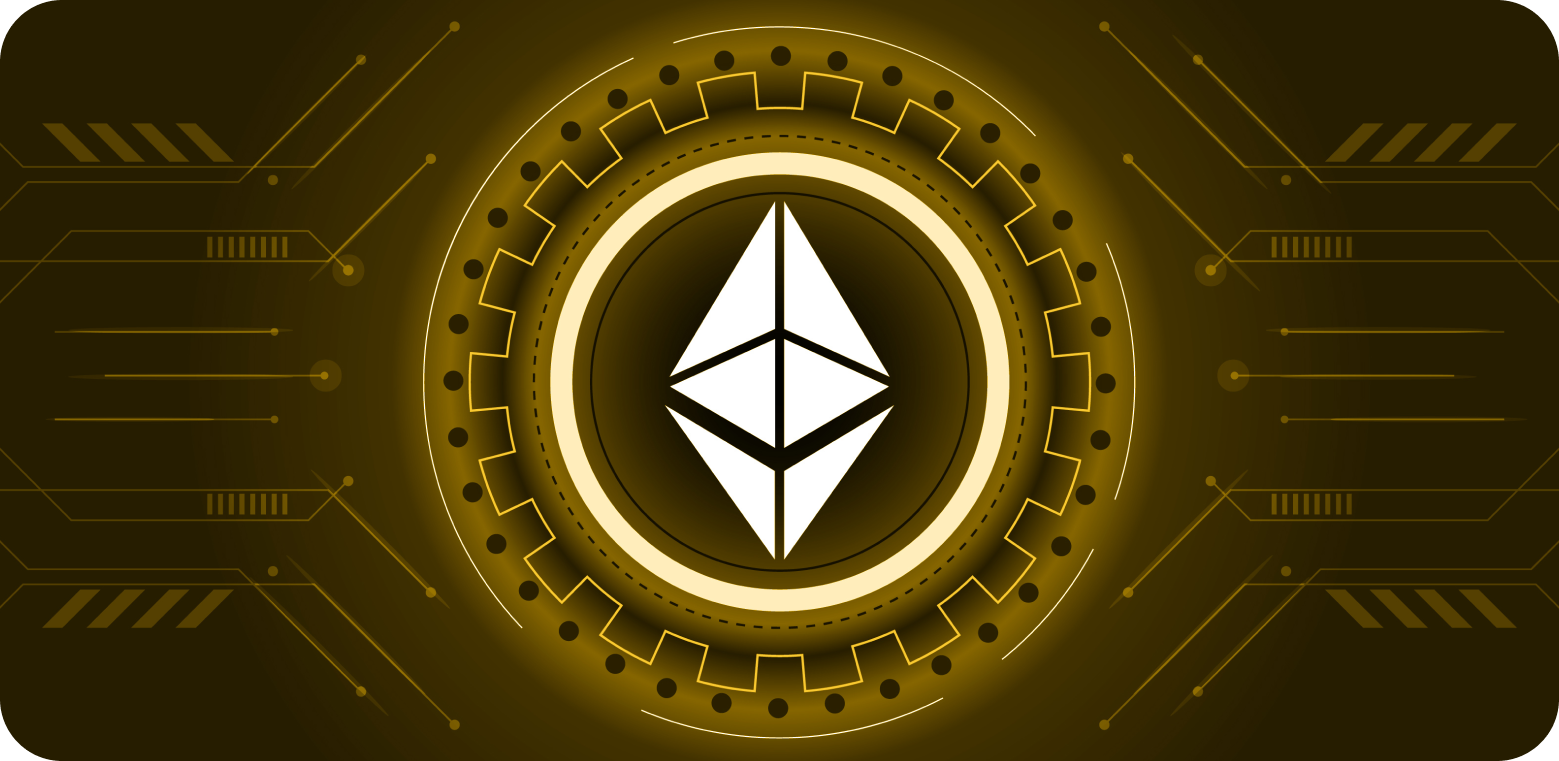Chapter 06 : What is Ethereum
Understanding
Ethereum
in Blockchain Technology

Introduction: Ethereum is a decentralized blockchain platform that enables the development and deployment of smart contracts and decentralized applications (DApps). Launched in 2015 by Vitali Butlerin and a team of developers, Ethereum has rapidly grown to become one of the leading blockchain platforms, offering a wide range of functionalities beyond simple transactions.

What is Ethereum?
At its core, Ethereum is a blockchain-based platform that facilitates peer-to-peer transactions and the execution of smart contracts. Unlike Bitcoin, which primarily focuses on peer-to-peer electronic cash transactions, Ethereum aims to provide a decentralized computing platform for developers to build and deploy DApps.
Key Features of Ethereum:
-
Smart Contracts Ethereum introduced the concept of smart contracts, which are self-executing contracts with predefined conditions written in code. These contracts automatically execute when specific conditions are met, without the need for intermediaries.1
-
Decentralized Applications (DApps): Ethereum enables the development of decentralized applications, which are software applications that run on a decentralized network of computers (nodes). DApps leverage the blockchain's decentralized architecture to provide transparency, security, and immutability.2
-
Ethereum Virtual Machine (EVM): The Ethereum Virtual Machine is a runtime environment that executes smart contracts on the Ethereum network. It enables developers to write smart contracts in high-level programming languages such as Solidity and deploy them on the Ethereum blockchain.3
-
Ether (ETH): Ether is the native cryptocurrency of the Ethereum platform, used to pay for transaction fees and computational services on the network. Additionally, ETH serves as a store of value and is traded on various cryptocurrency exchanges.4
Use Cases of Ethereum:
-
Decentralized Finance (DeFi): Ethereum is the foundation of the DeFi ecosystem, enabling a wide range of financial services such as lending, borrowing, trading, and yield farming without the need for traditional financial intermediaries.1
-
Non-Fungible Tokens (NFTs): Ethereum has become the leading platform for the creation and trading of NFTs, which are unique digital assets representing ownership of digital art, collectibles, gaming items, and more.2
-
Supply Chain Management: Ethereum's transparency and immutability make it suitable for supply chain management applications, enabling end-to-end visibility and traceability of goods throughout the supply chain.3
-
Decentralized Autonomous Organizations (DAOs): Ethereum facilitates the creation of DAOs, which are organizations governed by smart contracts and run autonomously without centralized control. DAOs enable decentralized decision-making and governance.4
Conclusion: In summary, Ethereum is a groundbreaking blockchain platform that goes beyond simple transactions, offering a robust infrastructure for building decentralized applications and executing smart contracts. With its innovative features and wide range of use cases, Ethereum continues to drive innovation and decentralization across various industries.

Chapter 05 :
What is Proof Of Work?
Proof of Work (PoW) is a fundamental concept in blockchain technology, serving as the underlying mechanism.

Chapter 07 :
Era of Digital Identity
In the rapidly evolving landscape of cryptocurrency, the concept of digital identity is emerging as a pivotal aspect.

